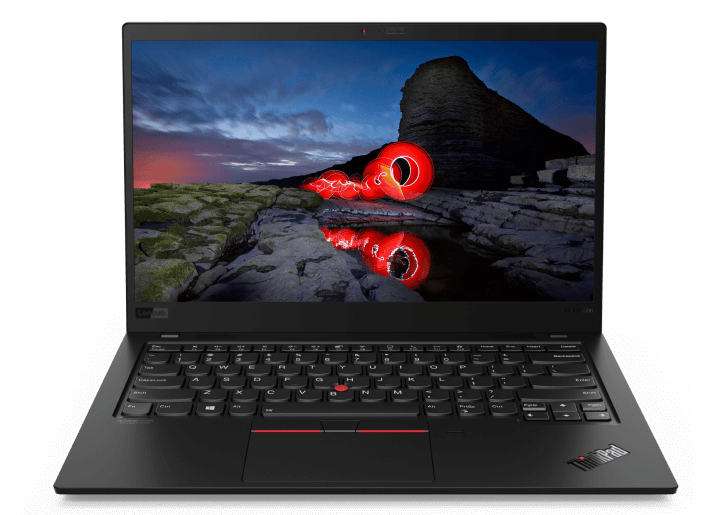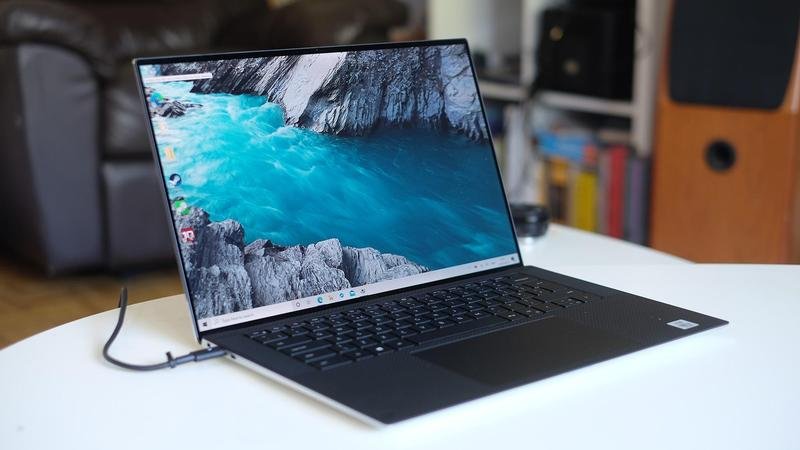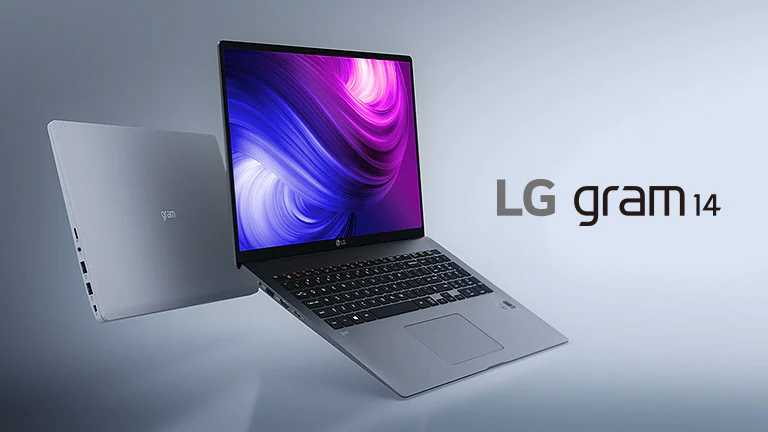The finest photo-editing laptops will be more than just a tool for photographers who need to edit their photos. A computer with ample storage, plenty of RAM, and a fast processor is also suitable for office and home use. Every photographer and photo editors need a stunning display capable of accurately replicating a wide range of colors if you edit images. Now the day best laptop for photo editing is essential.
Examined a wide range of best laptops for photographers and photo editors here at Laptop Mag, so we understand what gadgets are ideal for content producers. So, we also put crucial picture editing measures to the test, such as Delta-E scores, sRGB gamut volume, and graphics speed. Furthermore, there is a list of the top laptops for picture editors based on these criteria.
Below are some top laptops which you can use while doing photo editing:
Lenovo ThinkPad X1 Carbon (best laptop for photo editing)


Lenovo ThinkPad X1 Carbon is another best laptop for photo editing. There are some features which are as follow:
- Storage: Up to 2TB SSD
- Processor: Up to 11th-gen Intel core i7-1185G7
- Screen: Up to 14-inch IPS LCD, 3840*2400
- RAM: Up to 32GB
The Lenovo ThinkPad X1 Yoga was reintroduced in 2021 with internal improvements, such as Intel vPro 11th Gen CPUs. But the improved battery life is much more appealing; the Gen 6 version lasts over 15 hours on a single charge. The ThinkPad X1 Yoga labeled the most excellent 2-in-1 laptop for experts, is still a perfect option for picture editors.
You may choose between a full HD model and one with a magnificent 4K screen. We prefer the latter for photo editing. However, the model’s panel spans a massive 133 percent of the sRGB color spectrum. It also has a brilliant brightness of 488 nits, allowing you to edit on clear, sunshine hours without straining on what’s on display.
Dell XPS 15 (best laptop for photo editing)


Dell XPS 15 is another best laptop for photo editing, which features have discussed below:
Storage: 512BG-2TB SSD
Processor: Up to 11th-gen Intel core i9-11990H
Screen: Up to 15.6-inch IPS LCD, 3840 * 2400, with touchscreen
RAM: 8-64GB
Numerous spec options are available for the Dell XPS 15, and pricing is subject to change. So, the most OK configuration for photographers, in our opinion, is one that incorporates Dell’s top 4K+ (3840 x 2400) 16:10 screen with 500-nit brightness.
An 11th-gen, 8-core Intel Core i9 processor provides lots of good power. Furthermore, you can browse 16GB to 64GB of RAM; however, the last option is possibly suggested assuming you’ll be altering high-goal video just as photographs. 16GB or 32GB of RAM should be a bounty for picture altering.
So, thunderbolt 4, USB-C 3.2 Gen 2, and converters for HDMI and USB-A are among the ports available. A full-size SD card reader has been constructed; thanks to the correct CPU, you can get past these drawbacks coming increasingly rare in high-end laptops.
Asus Zenbook Duo 14 UX482


- Storage: Up to 1TB SSD
- Processor: Up to 11th-gen Intel core i7
- Screen: Up to 14-inch, 1920*1080
- RAM: Up to 32 GB
Above the keyboard, the ZenBook Duo incorporates a large touch-sensitive secondary screen. Anyhow, it’s known as the ScreenPad Plus by Asus, and it can be used as a legitimate secondary monitor to show a different app than the one on the primary screen. The screen extension feature allows you to use the same program on two screens.
So, this primary screen is a 14-inch panel with a Full HD quality of 1920 x 1080 pixels. Sus has also degraded the display in other ways is even more unfortunate. However, this 14-inch ZenBook Duo could only display 100 percent of the sRGB color spectrum and a maximum brightness of 400 nits.
The quad-core Intel Core i7 processors are fast enough for serious picture processing, and you can get up to 32GB of RAM, which is adequate in most situations.
Microsoft Surface Pro 8 (best laptop for photo editing)


- Storage: 256GB SSD
- CPU: Intel Iris Xe
- Screen: 13-INCH, 120Hz 2880*1920
- RAM: 8GB/16GB
The Microsoft Surface Pro 8 is the best laptop for photo editing. It improves the Surface Pro as a laptop and a tablet without dramatically changing its classic design. So, A bigger screen, a more user-friendly design, and a much inner overhaul are among the improvements. It contains an Intel Core i7-1185G7 processor and up to 32GB of RAM, elements that enable some of Windows 11’s new capabilities.
A little extended battery life would be fantastic, and the price increase may be difficult for some to accept. Overall, the Surface Pro 8 is a solid addition to the Surface series and an appealing alternative for anyone wishing to replace their laptop for the Windows 11 update.
HP Spectre x360 15 Convertible
- Storage: 256GB-1TB SSD
- Processor: Up to 11th gen Intel core i7- 1165G7
- Screen: 15.6-inch AMOLED, 3840*2160 with touch screen
- RAM: 16GB
The HP Spectre’s x360 designation refers to the touchscreen’s rotation of 360 degrees, converting the laptop to a tablet. Windows 10 recognizes the screen’s orientation and adjusts the UI to be more touch-friendly. However, although 1.92kg is a good weight for a 15.6-inch laptop, it is too heavy for a tablet. Hus, the Spectre isn’t a tablet replacement.
HP’s top Spectre x360 15t-eb100 touch model now sports an AMOLED display. T still has a 4K (3840 x 2160) resolution, but it now has 100% DCI-P3 color space inclusion and a pinnacle brilliance of 400 nits. However, the x360’s tablet usefulness has improved using a Corning Gorilla Glass hostile to scratch layer.
HP ZBook Studio G8
HP ZBook Studio G8 is the other best laptop for photo editing.
- Storage: 2TB SSD
- CPU: Intel core i9-11950H
- Screen: 15.6-inch, 3840*2160
- RAM: 32GB
This seductive eye-catcher features an 11th-generation Intel Core i9 processor, 2TB of SSD storage, 2TB of RAM, and an Nvidia GeForce RTX 3070 GPU that will more than manage all of your Adobe Creative Suite eager for power needs to say the least.
Furthermore, the $2,999 MSI Creator Z16 is afar more affordable option if you want better battery life and a smidge extra performance. the HP ZBook Studio G8 is the route to go, and if you’re looking for robust, transportable power.
Microsoft Surface Laptop 4
- Storage: 512GB
- CPU: AMD Radeon
- Screen: 15-inch, 2256*1504-pixel
- RAM: 16GB
The Microsoft Surface Laptop 4 is the best laptop for photo editing. It improves the Surface Laptop 3’s primary faults by providing quicker performance and better battery life. Anyhow, thanks to the correct CPU, the Surface Laptop 4 has suddenly become a laptop with few flaws. The sleek, durable design is as fashionable as ever, the 15-inch panel is brilliant, and the trackpad is almost class-leading.
If only Microsoft hadn’t been so adamant in ignoring some of the Surface Laptop’s minor flaws. here’s only one USB Type-C port (no Thunderbolt support), the Surface Link interface is, too, exclusive, and the screen margins are in desperate need of a buzzcut. Furthermore, the Surface Laptop 4 is a fantastic choice for a photo editor if you can get past these drawbacks.
LG Gram 14


- Storage: 512GB SSD
- Processor: 11TH-GEN Intel core i7-1165G7
- Screen: 14-inch IPS LCD, 1920*1080
- RAM: 16GB
The LG Gram is available in three different display sizes: 14-inch, 15-inch, and 17-inch. All have advantages and disadvantages regarding mobility vs. viewing comfort, but the slim 14-inch version certainly makes sense if you need something genuinely portable. The Full HD 1920×1080 resolution is not the best, but it provides excellent 99 percent DCI-P3 color space coverage, and the Full HD resolution is still sufficient for a sharp viewing experience.
Furthermore, the 14-inch Gram weighs only 1kg, making it substantially lighter than the similarly compact Lenovo 14-inch ThinkPad X1 Carbon, weighing roughly 1120g. a varied assortment of two USB-A connections, two USB-C/Thunderbolt 4 ports, an HDMI port, and a microSD slot are still available in the thin design.
Conclusion
So, finally, these all are the best laptop for photo editing you can use while doing photo editing work. These all are very helpful for you to solve your problems and quickly edit photos. It is up to you to choose one of them by research individually.



